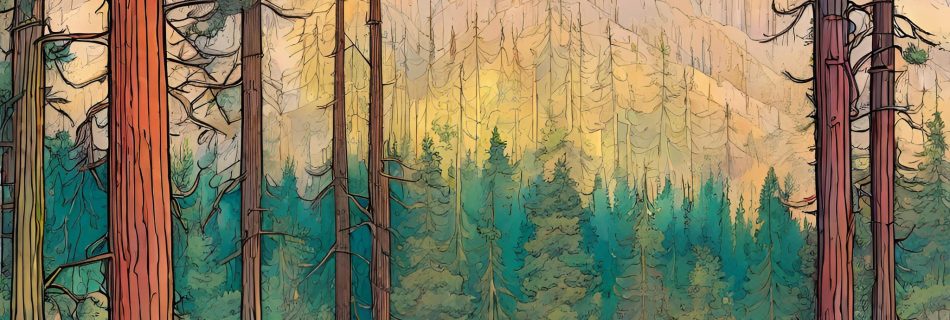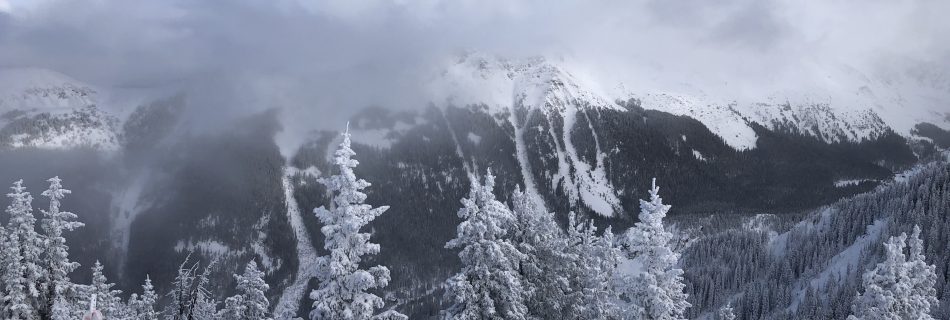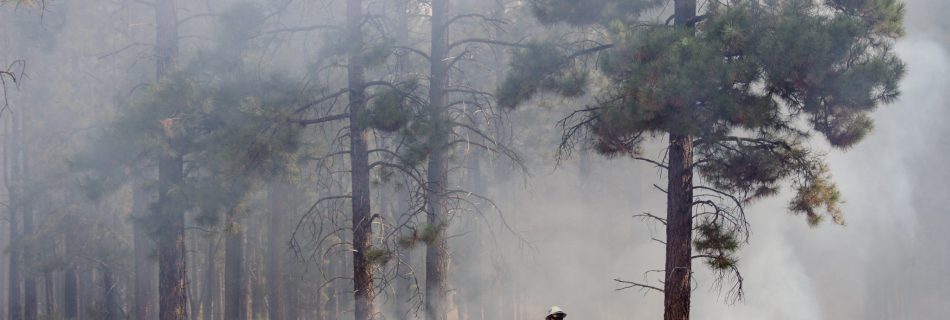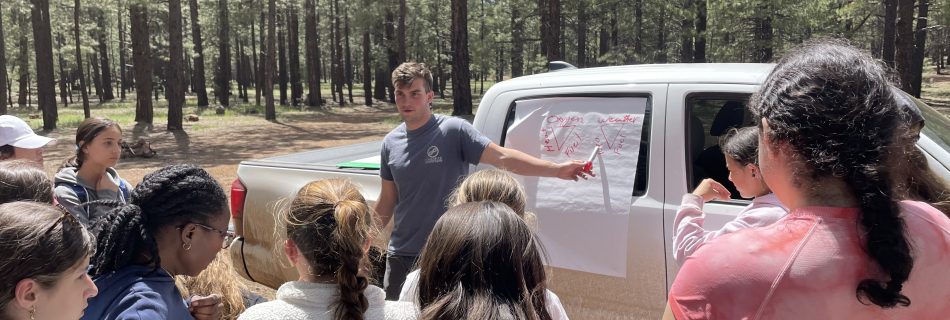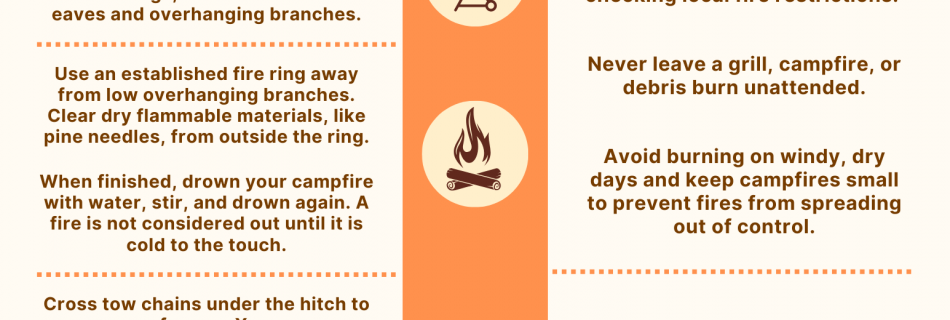Fire retardant effects on wetland macroinvertebrate communities
Fire retardants have known toxicological outcomes on aquatic organisms when introduced into flowing freshwater systems and have been evaluated in USFS Environmental Impact Statements; however, affects on still-water aquatic environments such as ponds and wetlands are poorly understood. This fact sheet reviews the impacts of a commonly-used fire retardant on aquatic macroinvertebrates.
